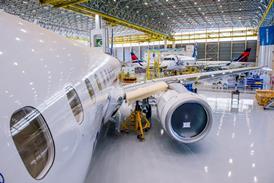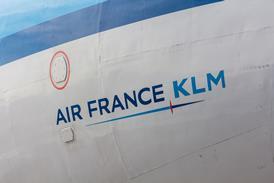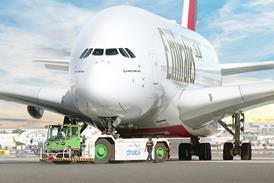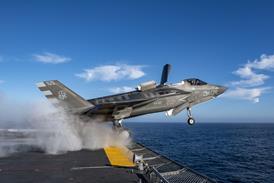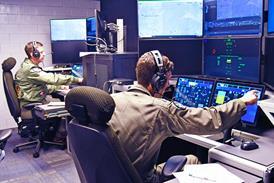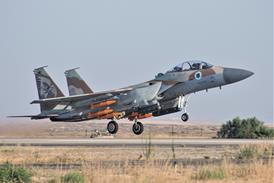I read "Pelican Crossing" (Flight International, 1-7 July) with interest.
On 14 May 2002, Boeing's Alan Mulally gave the Royal Aeronautical Society Sir Henry Royce Lecture in Derby on the subject of civil aircraft operational economics. This lecture centred on the subject of reducing the cost of aircraft operations per seat per kilometre, a significant aspect of which is fuel burn.
I enquired whether Boeing were looking at wing-in-ground effect as a means of reducing this cost, as I understood that operating in wing- in-ground-effect significantly reduced fuel burn. I also provided some background material on wing-in-ground effect. In a note with that material, I wrote: "I think wing-in-ground effect has significant potential for heavy freight that would be transported by ship. This could be viewed as an opportunity for diversification for a large aircraft manufacturer."
Two months after the lecture you reported (Flight International, 30 July-5 August 2002) that "Boeing has unveiled long-term conceptual studies of a massive wing-in-ground effect vehicle dubbed the Pelican - named due to its similarity to the sea-skimming bird".
I would love to know whether the Pelican pre- or post-dates the lecture. I wonder if the Pelican might follow in the footsteps of the Boeing 747, which was initially designed for the military but found unexpected success in a civil role?
Mike Horswill Derby, UK
Source: Flight International

